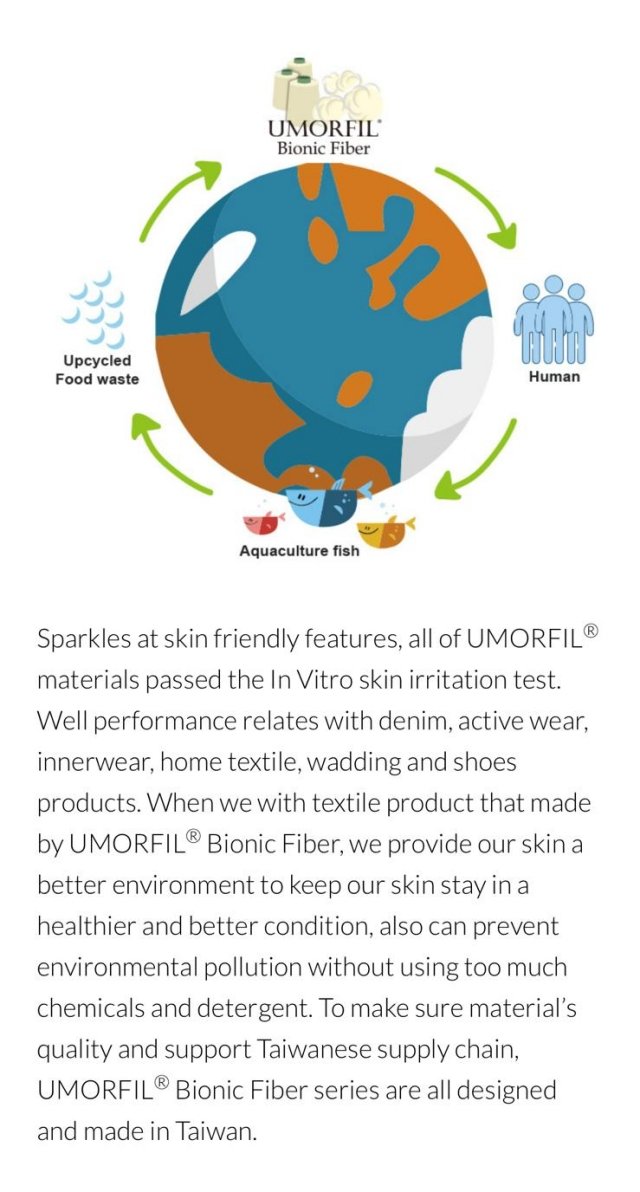Hello, Darlings!
Welcome back, and welcome to another blog from the Future of Fashion, a place where we can magically impact the future of fashion, beauty and creativity for all living creatures.
Imagine a world where fashion reflects not just new fast fashion collections, endless social media posts from influencers and the never-ending search to develop your personal style, but also a collective commitment to sustainability and impact. Well, it is possible. In the world of sustainable fashion, collaboration and community are the cornerstones of sustainable innovation and impact.
This blog will explore how collaboration, and being part of a community, can create unique synergies to project your sustainable fashion business to unlimited success while having fun at the same time.
So What Do We Mean By “Community” In This Context?
In the context of sustainable fashion, “community” refers to the network of designers, customers, suppliers and other stakeholders all committed to impactful practices. A community is a place (physical or virtual) where we get to collaborate with like-minded creators and entrepreneurs to create endless possibilities for the future of fashion. That is, our own future and the collective future. Being part of a sustainable fashion community means getting access to shared resources, mentorships and a wealth of collective knowledge, collaboration and partnership.
Let’s explore the role of collaboration in sustainable fashion:
Innovation and creativity: Collaboration can lead to diverse ideas, along with creative and innovative solutions. Imagine collaborating with a sustainable materials innovator, how would that collaboration impact the future of your fashion brand?
Collaborative Resources: Collaborative efforts enable businesses to pool resources, including materials, technology and expertise, which can create huge benefits to innovation, efficiency and cost. You can share suppliers, swap products, ask for design input and brainstorm ideas.
Influential Partnerships: Partnerships with other Businesses, NGOs, Stakeholders and media platforms. This can elevate the opportunities for brands and expand their businesses. Creating partnerships is the key to engagement in the community at large.
There are some great examples of successful collaborations, including the partnership between H&M and Textile Exchange. While H&M faces a lot of criticism for their questionable commitment to sustainability, this collaboration has brought awareness to sustainable practices in fast fashion.
A great example of a successful community is Fashion Revolution. This global movement is a testament to how a worldwide community can transform the attitude and commitment of the industry to transparency and ethics. This is a truly extraordinary and inspiring community.
We have established the benefits of forming collaborations and being part of a community, now let’s look at the benefits to the larger community. A brand or business that visibly belongs to a strong, ethical community gains consumer trust. This authenticity is so important for the market and customers of today.
The magic of a sustainable fashion community is both profound and abundant. This magic lies in its ability to harness the collective power of extraordinary individuals, innovators and brilliant creators. By engaging in and embracing these principles, we can not only build sustainable brands and businesses but also contribute to a more sustainable and authentic future of fashion.
The beauty of collaboration has barely been explored, there are so many benefits we have yet to discover. In my own experience, the workplace has often been a place of competition and somewhere one cannot fully trust others. This limited way of operating in a work environment really undermines our commitment to excellence and contribution through our work.
As I have discussed previously in these blogs, I don’t find being part of a community the most natural way to be in life and work. However, there are examples of when I have (and do) belong to a community which have been deeply fulfilling and rewarding. I recently joined a retreat, the group was quite small. I initially felt trepidation, I wanted to go home, do some work and, basically, escape. As the days progressed and I relaxed and allowed myself to trust others, I had such a great experience. I left this retreat with a deep sense of love, belonging and understanding. While this sounds a bit sensitive and personal, it gave me the opportunity to understand that community is always available and a huge opportunity for life, as lived.
I created the FASHIONABLE FUTURES community out of my commitment to those in the industry. I have always been committed to sharing my knowledge and experience with those who are building an extraordinary future in fashion. Being very aware of the challenges we face in the industry around huge pollution, over-production, human rights and toxicity, I know that community and collaboration are the key to an extraordinary future of fashion. So again, I am creating profound magic for all members of my community and beyond. Let’s use this time to create magic for the future of fashion, our own lives and businesses.
Join here!
As always, have fun, love life, and enjoy fashion.
Kate xx












